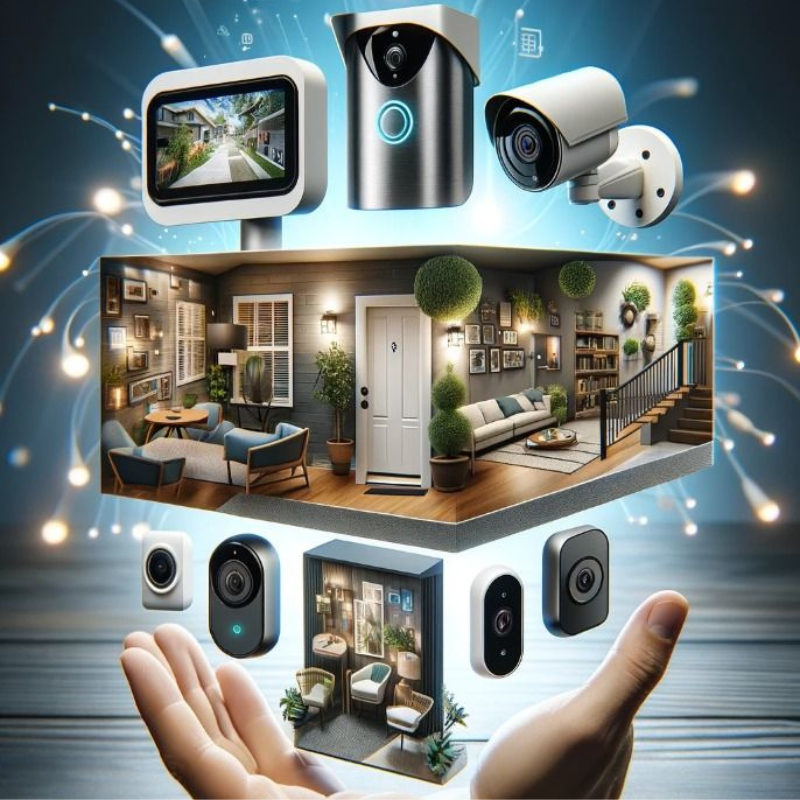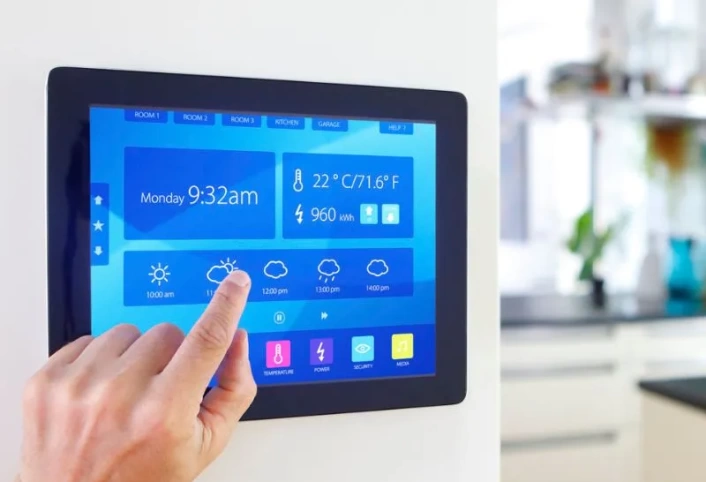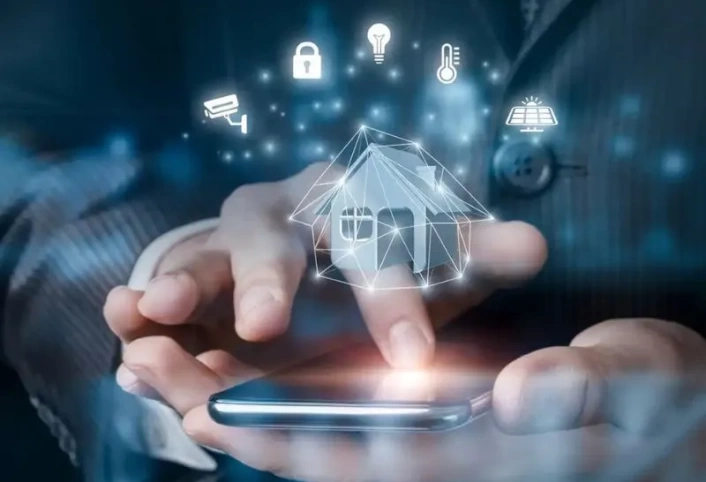Introduction:
As technology continues to advance, so does the need for smarter ways to protect our homes. Smart home security systems offer unparalleled peace of mind by combining cutting-edge technology with ease of use. These systems are designed to enhance safety, monitor activities, and allow homeowners to control their security remotely. In this blog, we’ll explore the key components that make up a smart home security system and how each element contributes to keeping your home secure.
Presentation:
1. Smart Cameras
Smart cameras are at the heart of many security systems, providing real-time surveillance. These cameras can be installed indoors or outdoors and are equipped with motion sensors, high-definition video, and night vision. Many models can be controlled remotely via apps, enabling homeowners to view live footage or receive notifications whenever movement is detected. Smart cameras often come with cloud storage options, allowing you to access recorded footage anytime, anywhere.
2. Motion Detectors
Motion detectors are an essential component of smart security systems. These devices use infrared sensors to detect changes in heat, ensuring that any movement within a specific area triggers an alert. Whether it’s a break-in or unusual movement, motion detectors can notify you instantly, ensuring that you are always aware of what’s happening around your home. They can also integrate with other devices, such as lights or alarms, to provide a complete security solution.
3. Smart Doorbell
A smart doorbell, equipped with a camera and intercom system, is one of the most popular features of a smart home security system. With features like video streaming and two-way communication, homeowners can see who is at the door from anywhere in the world. The doorbell can also be programmed to notify the homeowner if it detects any suspicious activity.
4. Smart Locks
Smart locks offer secure keyless entry and can be controlled via apps, keypads, or even biometric recognition. You can lock or unlock doors remotely, monitor who enters and exits, and grant temporary access to guests or service providers. Some models also provide detailed logs of when doors are accessed, adding an extra layer of security.
Conclusion:
A smart home security system isn’t just about protecting your home from intruders; it’s about giving you complete control over your security. With components like smart cameras, motion detectors, doorbells, and locks, homeowners can create a network of connected devices that work together to safeguard their property. As smart technology continues to evolve, the possibilities for home security will only grow, making it easier than ever to protect what matters most.





